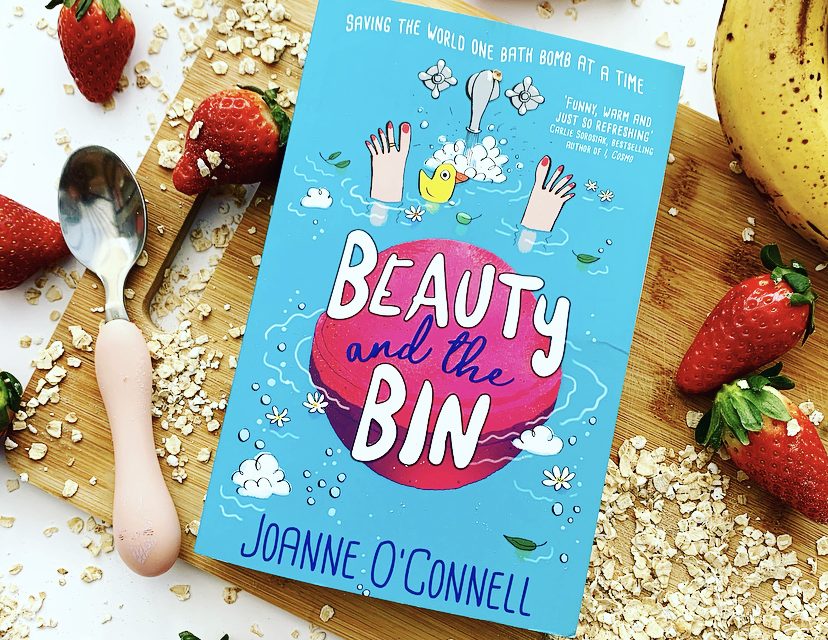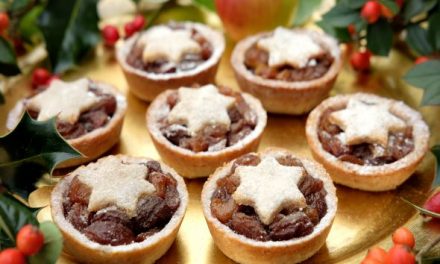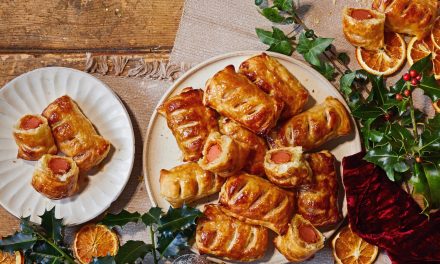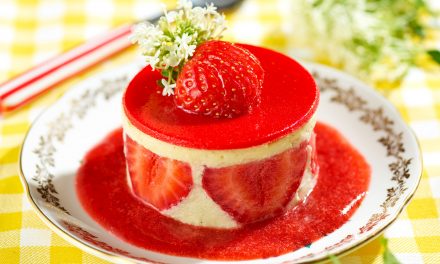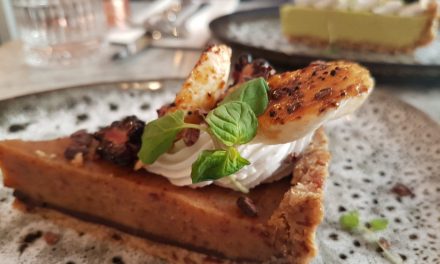We are delighted to chat with author and Guardian writer Joanne O’Connell about her exciting new book Beauty and the Bin and her advice about avoiding food waste. Her non-fiction book The Homemade Vegan is a 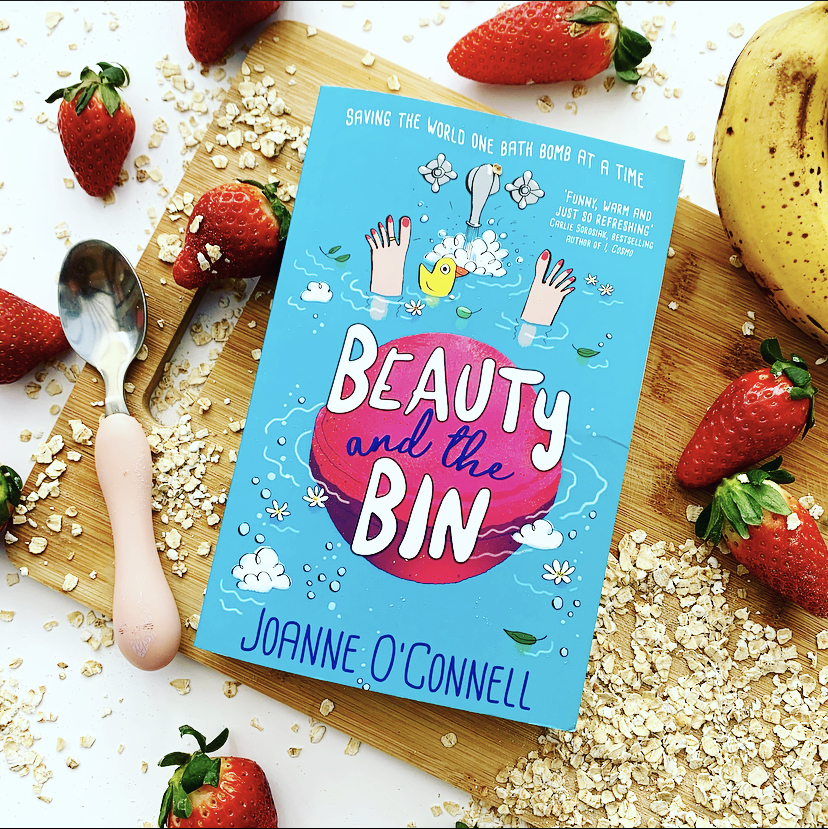 recipe and food history book about being vegan back in the 1970s/80s and her brand new book is fiction and is ideal for young teens – and everyone!
recipe and food history book about being vegan back in the 1970s/80s and her brand new book is fiction and is ideal for young teens – and everyone!
Joanne, super excited to chat with you. I am looking forward to reading both books! Can you tell us about your brand new book to start with….
My debut novel Beauty and the Bin is about a girl called Laurie Larksie, who makes her own plant-based beauty products from food waste. I grew up shaking jam jars of rose petals and water in ‘perfume’, throwing oats into the bath and making strawberry yoghurt face masks. So, I absolutely loved writing about a character who does that too. And like Laurie and her family, I’m also vegan. I grew up vegetarian (later vegan) from birth.
So, it was fun to write about the Larksies eating their noodles and tofu, buckwheat pancakes, tomato sauce with tarragon and bean sausages. And there are plenty of puddings in the book. There’s everything from plum cobbler, lemon drizzle cake, raspberry crumble with oat milk custard, to molasses flapjacks and a showstopper of an aquafaba meringue pie (which unfortunately gets thrown into someone’s face) and the word ‘chocolate’ appears in the book 91 times (that surprised even me at the final edit).
Sounds fantastic! I want to hear about being vegan in the 70s and 80s too however lets get some of your expert tips for now about avoiding food waste Joanne….
I also threw a few food waste hacks into the story, and I’m hoping readers might give some of them a go. So, as the book is published this week, just ahead of UK’s first Food Waste Action Week on 1 March, here are a few of my favourite ways to keep those veggies out of the bin.
Root to fruit
Eating root to fruit is a great way to save on food waste. This means eating the whole (or as much as possible) of the plant. For example, if you’re making mashed potatoes, scrub the skin and stick the peelings in the oven, with a splash of olive oil to crisp them up. You can serve them on the mash or save them for salad or dips or as a side with a soup. You can also save pumpkin seeds (toast and throw onto soup) roast cauliflower leaves and eat beetroot leaves: try them sautéed or put them in a tofu quiche. For more inspiration, check out recipes by eco-chefs like Tom Hunt (author of Eating for Pleasure, People and the Planet).
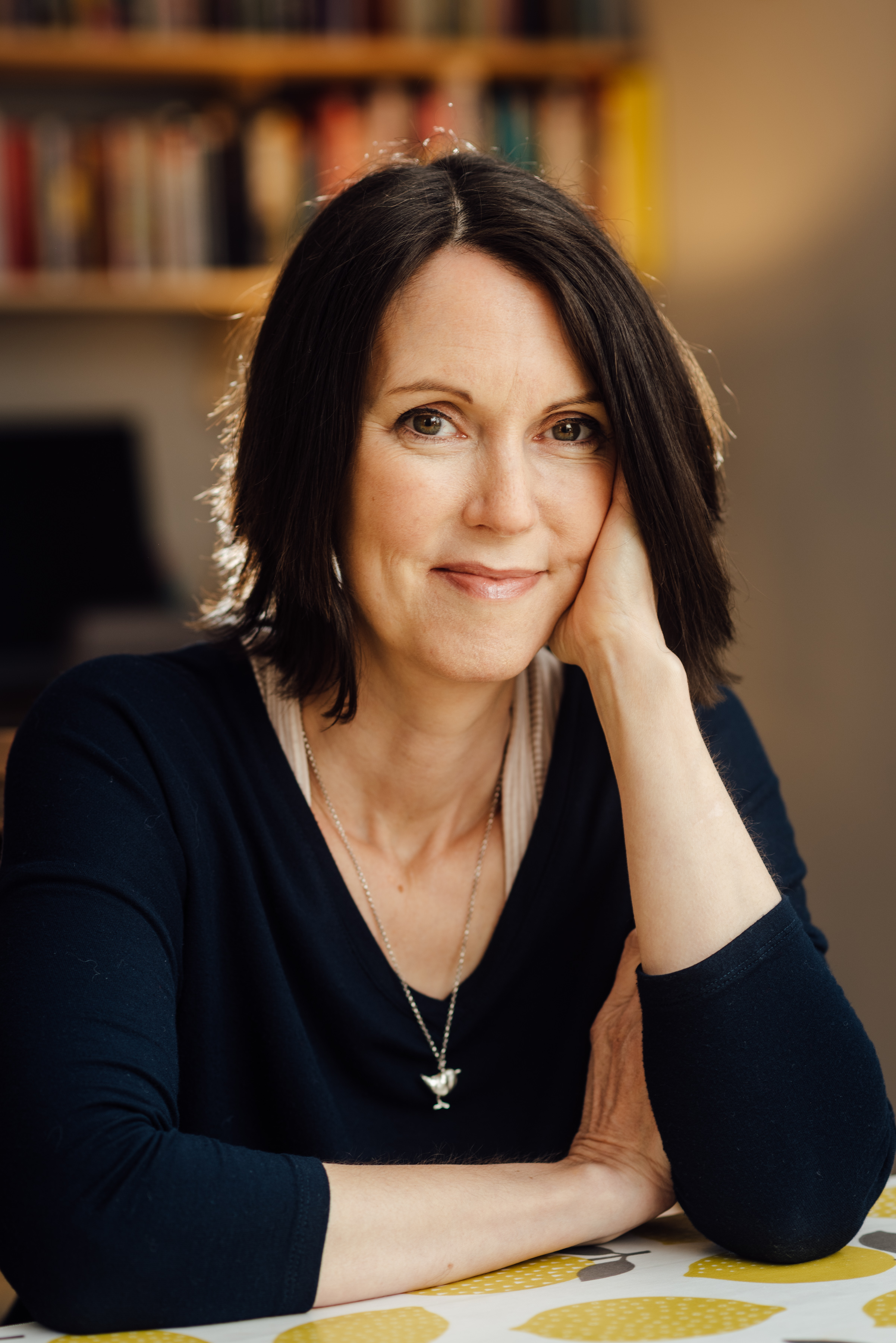
Cook creatively
A decent dairy-free recipe for a anything from a Victoria Sponge to a veggie pie used to be like gold dust. But these days there are millions of delicious vegan recipes available online. So, there’s no excuse for chucking out edible food or not knowing what to cook! A simple search for recipes with your key ingredients should throw up some insta-worthy ideas to transform them into tonight’s dinner. Easy ways to switch up your leftovers include soups, sauces, dips, and smoothies. But cooking creatively also means putting together meals from what you’ve already got in instead of shopping for more. With lockdown restrictions, there are great examples of how people have really got into the swing of this. It makes sense, for our health as well as for the climate (and our bank balances). Plus, sometimes, those random meals can be the best.
Store food like a pro
It’s easy to let food to go off if it’s not kept at the right temperature or if it’s out of sight at the back of the cupboards. Even if there’s no meat or fish or dairy in your fridge things can still go off if they’re not properly wrapped or stored on the right shelf. For example, non-dairy cheese can go off quickly, and tofu can go slimy, and is that half a lettuce going to mush at the back? It’s quite helpful to know where things should go (there’s a good round up on Hubbub, about what to put in the freezer, for example). Make sure you know where things should go in your fridge, keep the food that’s likely to go off first at the front, store leftovers in reusable glass jars, and stick broccoli stalks and celery in water to keep them crisp and fresh.
Put it on your face (or toes).
If you’ve got anything that looks inedible (not mouldy or rotten, just a bit past the smoothie stage), whip it into a beauty product! This is a great way to really keep food out of the bin. Quick beauty hacks include mashing a banana with a spoon or oats and a half spoon of syrup (agave or maple are great) and applying it as a face mask. Or just put the mashed banana on your toes for a few minutes before washing off with warm water. Dusty old oats are perfect for making a creamy bath soak. Just stuff a handful into an old pair of tights or a sock, add some lavender essential oil, tie up the tights and put under the tap as you’re running a warm bath. You can also make body scrubs from coffee grounds, and dried orange peel, and if you’re having an avocado, scoop out the fruit, then rub the inside shell of the skin on your elbow for an instant moisturiser. And don’t throw away the seed – rub some olive oil on it, and use it as a foot massage stone.
Love these – thanks Joanne! Looking forward to talking again soon!
Joanne O’Connell
Journalism: the Guardian
Book: Beauty and the Bin
Twitter: @byesupermarkets

